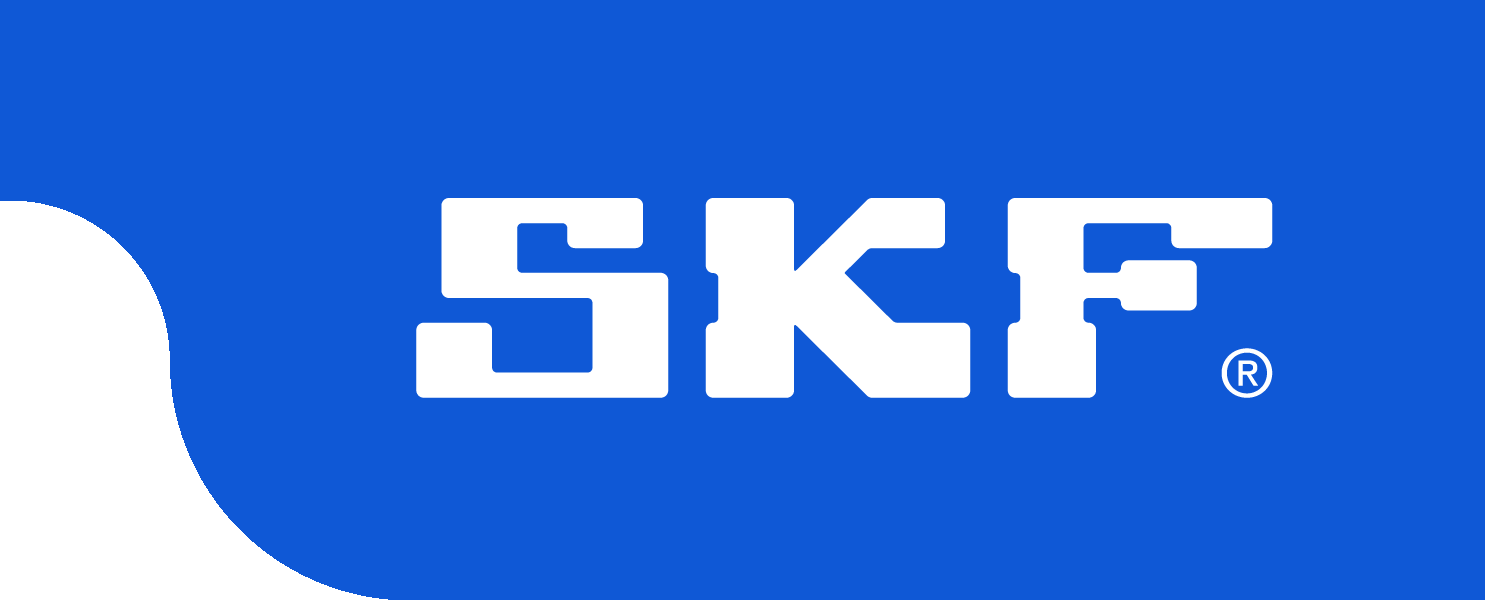
 |
Contact Us |
|||||
|
|
Kaydon bearing remanufacturing programWhite papersThe importance of large slewing ring bearing maintenance in lifting equipment Large diameter slewing ring bearings are critical components in many applications. Military applications include tank turrets, missile launchers, communication antennae, precision radar antennas, and gun mounts. Common commercial applications include aerial lifts, hydraulic excavators, boom cranes, and tunnel boring machinery. Large bearings for these applications are not only expensive to buy, but typically require lead times ranging from two months to a year or longer. In lifting equipment, the large diameter bearing serves as a joint between the upper structure and the undercarriage, providing a means of 360-degree rotation. Lifting devices typically have a complex load spectrum: the slewing ring bearing can simultaneously handle all combinations of thrust, radial, and tilting moment loading. The use of a slewing ring bearing provides yet another benefit: its shaftless design eliminates the need for a spindle or kingpost. The center of the bearing remains open to allow passage of various hydraulic and control components. Since the bearing is so critical, careful maintenance is necessary. More than 96% of slewing ring bearing failures are due to surface-originated lubrication problems, contamination, overloading, and improper installation and mounting fits. These surface failures occur much earlier than classical fatigue failures and are less predictable. Inadequate lubrication is the most common cause of premature bearing failures. In slewing ring bearings, a heavy-duty, extreme pressure grease is required. When lubrication is inadequate, surface damage in the form of roughening or waviness occurs. Later, fine cracks develop, followed by flaking. Failures due to contamination are fairly common. Dirt or other debris within the lubrication system act as an abrasive and accelerate the wear. Usually the bearing raceways are scratched or indented, again leading to fine cracking and, ultimately, spalling. Slewing ring bearing life is calculated assuming infinitely rigid and flat mounting structures. A structure that distorts significantly under load, and/or one that is out-of-flat, applies loads to localized areas rather than evenly distributing them. This causes permanent deformation in the local area, leading to early failure. The unique design of slewing ring bearings allows for combination loads to be handled quite efficiently. However, whenever a load is applied that exceeds the bearing capacity, permanent deformation could occur, again leading to a premature failure. Safety is the primary concern in detecting turntable bearing problems. Excessive bearing clearance due to accelerated wear results in less overall stiffness in the entire system. This lack of stiffness is magnified tremendously at the bucket, causing a potential problem for the operator. Another safety concern relates to uneven work distribution. This is especially common among excavators where most of the work is done in the same general area. Poor work distribution leads to an uneven wear pattern usually causing excessive play. The potential costs associated with a worn slewing ring bearing can be significant if the problem is not detected in a timely manner. A severely worn bearing can damage other components, such as the drive pinion and gear box. While maintenance is critical to lengthening the life of large slewing ring bearings, the severity of use of heavy equipment means that eventually, any large slewing ring bearing will become worn. Detection of bearing wear makes repair a less costly alternative to replacement. If you practice proper maintenance and watch for common warning signs, a worn bearing is likely to be deemed repairable. Learn more about: |
|
||||